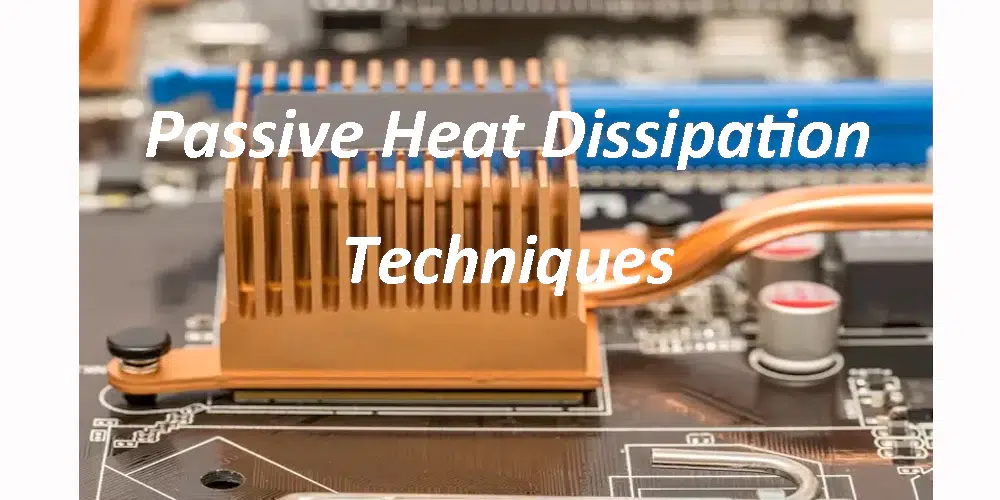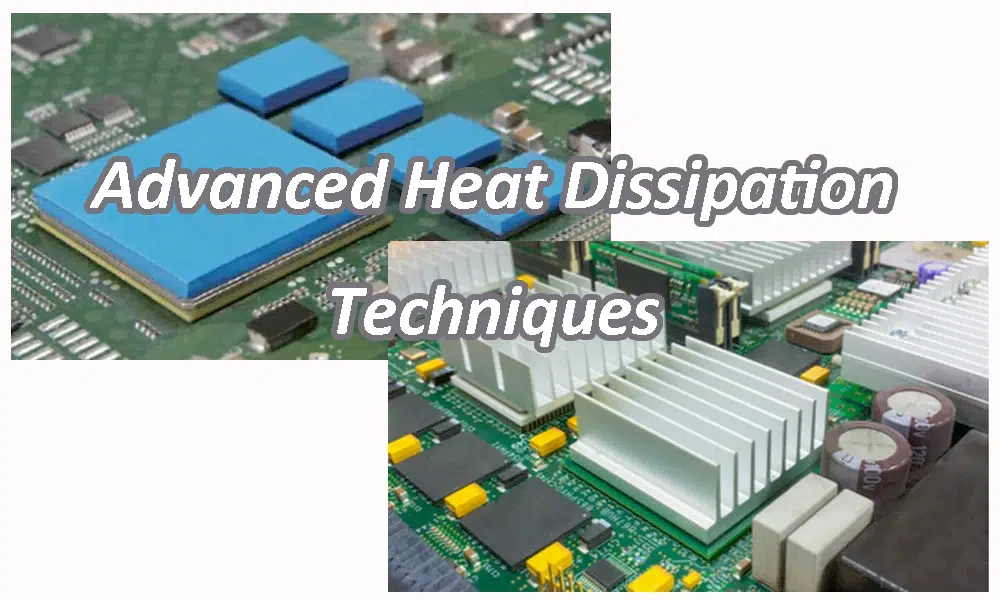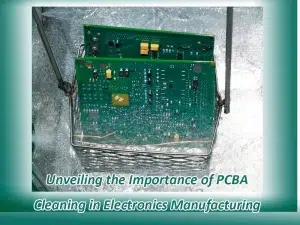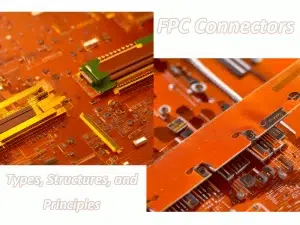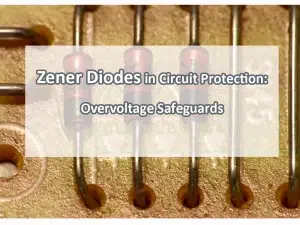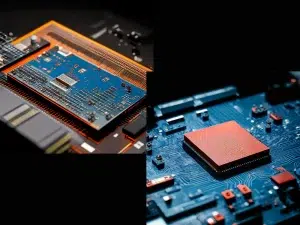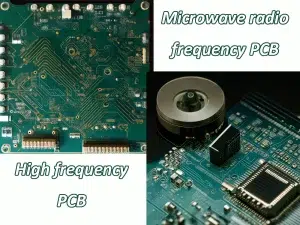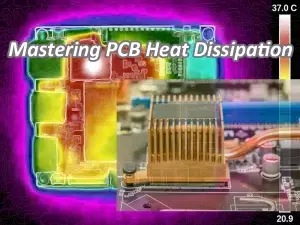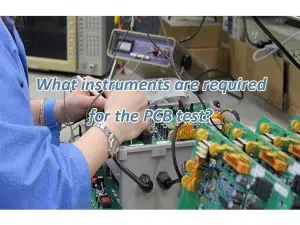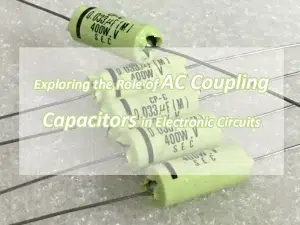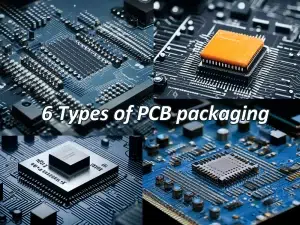Printed circuit boards (PCBs) are crucial components in electronic systems as they provide mechanical support and electrical connectivity to various electronic components. As electronic devices continue to evolve, the power densities and operating temperatures of these components are steadily increasing. Effective heat dissipation is essential to prevent overheating, which can lead to performance degradation, component failure, and even system breakdown.
Importance of Heat Dissipation in PCBs
Efficient heat dissipation is vital for maintaining the reliability, stability, and longevity of electronic devices. Excessive heat can cause components to operate outside their specified temperature ranges, leading to reduced performance, accelerated aging, and potential thermal runaway. By implementing effective heat dissipation techniques, PCBs can operate within optimal temperature ranges, ensuring reliable functionality and prolonging the lifespan of the electronic system.
Heat dissipation is crucial for maintaining the performance and longevity of electronic components. Excessive heat can cause components to operate outside their specified temperature range, leading to reduced efficiency, increased power consumption, and potential component failures. Effective heat management also helps maintain signal integrity and prevents thermal-induced stresses that can damage sensitive components.
Thermal Management Considerations for PCB Design
When designing a PCB, several thermal management considerations must be taken into account. These include component placement, thermal conductivity of materials, heat sink selection, and airflow optimization. By addressing these factors during the design phase, engineers can develop PCB layouts that facilitate efficient heat dissipation and prevent thermal issues.
Passive Heat Dissipation Techniques
Passive heat dissipation techniques rely on the natural conduction, convection, and radiation properties of materials to transfer heat away from electronic components. Some commonly used passive heat dissipation techniques for PCBs are:
Heat Sinks
Heat sinks are passive cooling devices attached to high-power components on the PCB. They absorb and dissipate heat through extended surface areas and fins. Heat sinks can be made of aluminum or copper, which have excellent thermal conductivity properties. Properly designed heat sinks can significantly enhance heat dissipation.
Thermal Pads
Thermal pads are soft, electrically insulating materials placed between components and heat sinks to ensure efficient thermal contact. These pads help fill in any air gaps, improving heat transfer from the component to the heat sink.
Copper Pour
Copper pour is a technique where large areas of copper are poured on PCB layers to act as heat spreaders. The copper pour helps distribute heat across the board and improves overall thermal conductivity.
Thermal Vias
Thermal vias are plated holes in the PCB that allow heat to transfer between different layers. They create a conductive path for heat dissipation, enabling efficient thermal management in multi-layer PCB designs.
Active Heat Dissipation Techniques
Active heat dissipation techniques involve the use of external devices or mechanisms to enhance heat transfer from electronic components. These techniques include:
Fans and Blowers
Fans and blowers are commonly used to increase airflow and promote convective cooling. They help in dissipating heat by increasing the rate of heat exchange between the components and the surrounding environment.
Liquid Cooling
Liquid cooling systems use coolants, such as water or specialized fluids, to remove heat from electronic components. These systems are effective in high-power applications where air cooling may not be sufficient. Liquid cooling can be achieved through various methods, including cold plates, heat exchangers, and immersion cooling.
Heat Pipes
Heat pipes are sealed copper tubes filled with a working fluid. They rely on the principles of phase change and capillary action to transfer heat efficiently. Heat pipes are often used to transfer heat from high-power components to heat sinks.
Thermoelectric Cooling
Thermoelectric cooling utilizes the Peltier effect to create a temperature difference across a junction. By applying an electric current, heat is transferred from one side of the junction to the other, resulting in localized cooling. Thermoelectric cooling is effective for cooling small, high-power components.
Design Optimization for Heat Dissipation
To maximize heat dissipation in PCBs, design optimization plays a crucial role. Consider the following aspects:
Component Placement
Strategic component placement can help minimize heat buildup and improve airflow. Placing high-power components away from each other reduces localized heating and prevents heat concentration.
Traces and Routing
Optimizing the width and length of traces and employing wider power traces can reduce resistance and heat generation. Proper routing techniques, such as avoiding sharp bends and using wider signal traces, also aid in efficient heat dissipation.
PCB Layer Stackup
Choosing an appropriate layer stackup for the PCB can improve thermal management. Adding additional copper layers or utilizing heat-dissipating materials in the stackup can enhance heat conduction and distribution.
Advanced Heat Dissipation Techniques
As technology progresses, advanced heat dissipation techniques are being developed to tackle the increasing thermal challenges. Some emerging techniques include:
Vapor Chamber Cooling
Vapor chamber cooling utilizes the phase change of a working fluid within a sealed chamber. It provides highly efficient heat transfer and uniform cooling across the entire PCB surface.
Microchannels and Microfluidics
Microchannels and microfluidics involve the integration of miniature channels within the PCB. These channels carry coolant fluid, facilitating enhanced heat dissipation through direct contact with components.
Phase Change Materials
Phase change materials (PCMs) are substances that undergo phase transitions, such as solid-to-liquid or liquid-to-gas, absorbing or releasing heat in the process. They can be integrated into PCBs to manage heat effectively.
Graphene-based Solutions
Graphene, with its excellent thermal conductivity properties, shows promise in improving heat dissipation in PCBs. Graphene-based heat spreaders and thermal interface materials offer high thermal conductivity and mechanical strength.
Conclusion
Effective heat dissipation is critical for maintaining the performance and reliability of electronic devices. PCBs employ a range of heat dissipation techniques, including passive and active methods, to manage heat effectively. Design optimization, advanced techniques like vapor chamber cooling and microfluidics, and constant testing and analysis play vital roles in ensuring efficient heat dissipation. By implementing these techniques, electronic systems can operate within optimal temperature ranges, minimizing the risk of overheating and maximizing their longevity.

